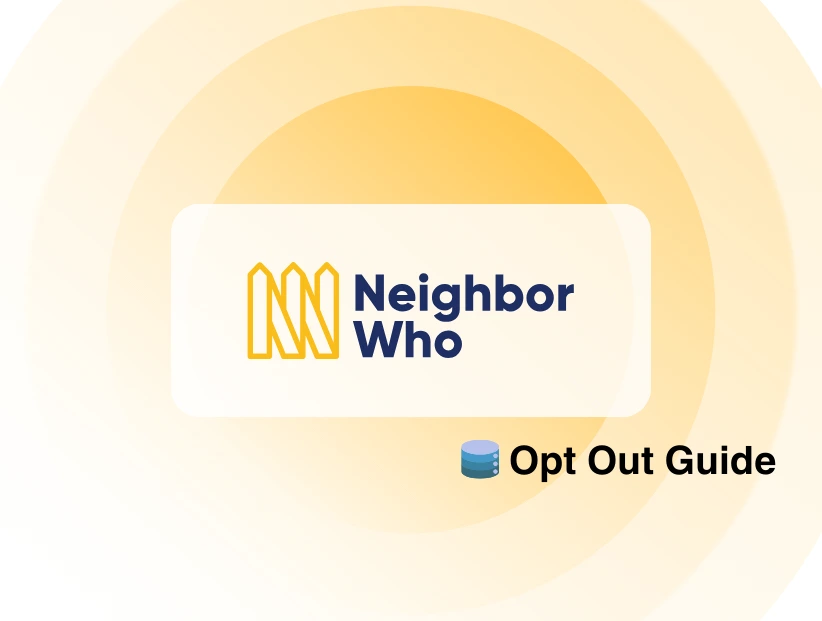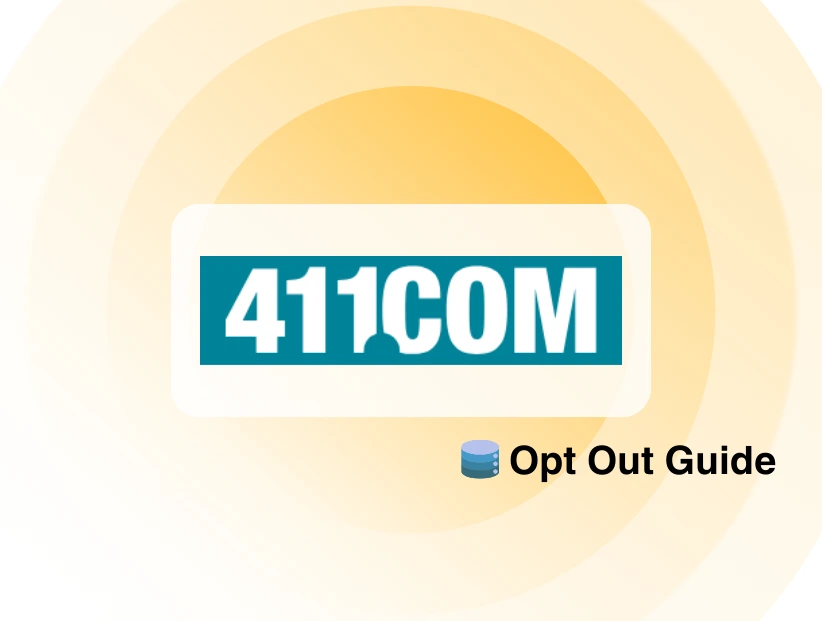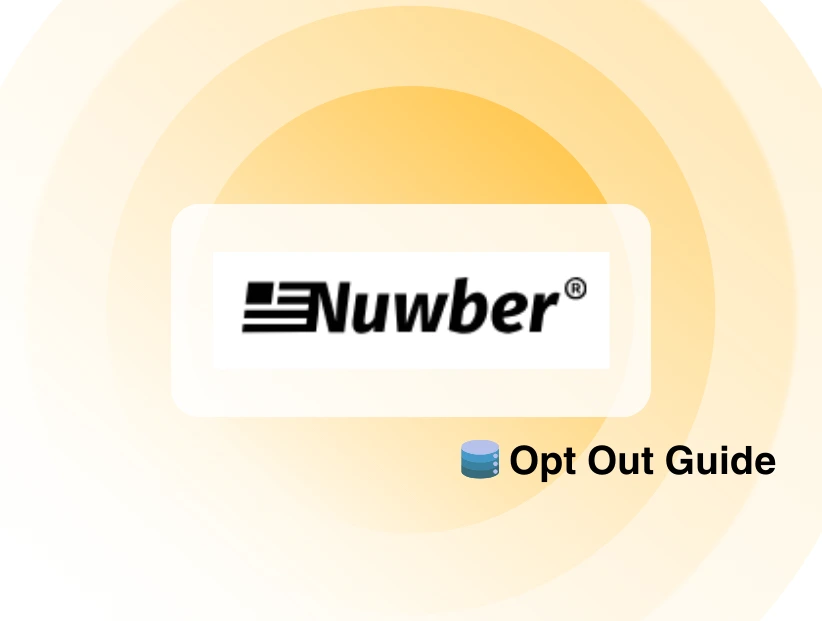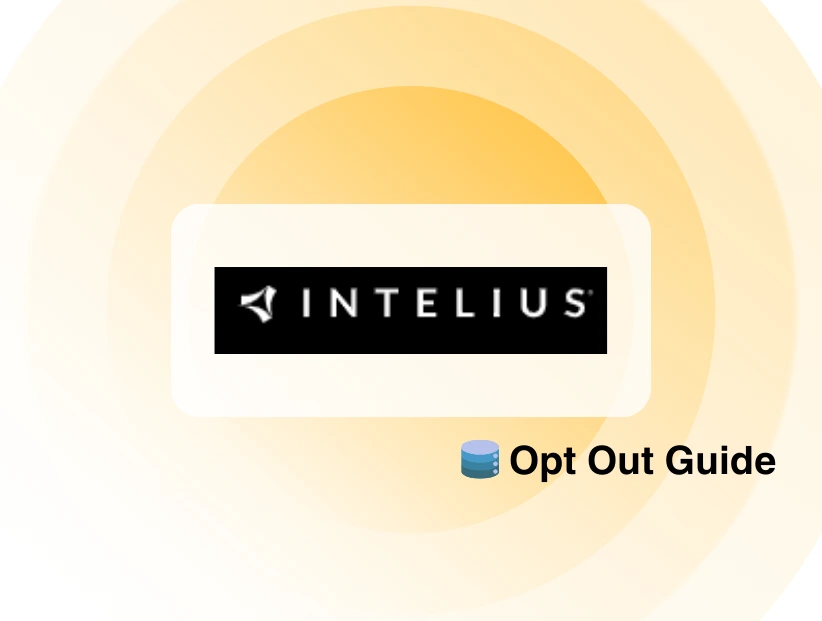Table of Content
It’s important to check whether a song is copyrighted is essential for anyone creating content on YouTube. Using copyrighted music without permission can lead to your videos being muted, or removed, or even your channel being penalized. This guide will walk you through various methods to check if a song is copyrighted on YouTube, helping you stay compliant with the platform’s guidelines.
How to Check Song Copyright Status on YouTube
Copyright provides legal protection to creators of works like songs, stories, or videos, granting them exclusive rights to reproduce and distribute their creations. This protection is automatic upon the creation of the work, meaning others cannot copy it without permission. Here's how to check if a song is copyrighted on YouTube.
Method 1: Check YouTube Audio Library
- Sign in to your YouTube account.
- Click your profile picture.
- Select YouTube Studio.

- In the left menu, click on Audio Library.

- Enter the song’s title or artist in the search bar.
- Next to the song, you will see if it’s free to use or needs attribution.
Method 2: Copyright Notices on YouTube
- Search for the YouTube video that has the song you want to check.
- Scroll down to the video description. Creators often add copyright information or links related to the music.
- If the video has a copyright claim, a message below the video might tell you the song is copyrighted.
Method 3: Upload a Video as Unlisted or Private
- Make a simple video that includes the song.
- Upload this video to your YouTube account.
- When uploading, choose Unlisted or Private.
- YouTube’s Content ID will check your video for copyrighted music.
- If there are copyright issues, YouTube will notify you with a warning.
Method 4: Use Music Licensing Websites
- Visit websites like BMI, ASCAP, or SESAC.
- Enter the song’s title or artist’s name in the search bar.
- Look for the song in the results. If listed, it’s copyrighted.
Method 5: Use Content ID
- Create a private video and add the song you want to check.
- YouTube will analyze your video. Go to the Copyright section in YouTube Studio to see if any copyright claims appear.
Method 6: Contact the Artist or Rights Holder
- Look up the contact details for the artist or their management.
- Politely ask about the song’s copyright status and whether you can use it.
- If they reply, they’ll let you know if the song is copyrighted or available for use.
By following these steps, you can better understand the copyright status of a song and avoid using it without proper permissions.
More to explore in YouTube guides:
- Put Two YouTube Videos Side-by-Side HTML
- Remove YouTube Comment Shadowban: Step-by-Step
- Go in Landscape View on YouTube
- Use Existing YouTube Videos as a Pre-Roll Ad
- Block YouTube on iPad
- How to See YouTube Dislikes
- How to Get a Transcript of a YouTube Video
- How to Change Location on YouTube TV
- How to Disable Private Browsing on YouTube
- How to Quickly Search an Image from a YouTube Video
Frequently Asked Questions (FAQs)
-
Is all music on YouTube copyrighted?

Not all music on YouTube is copyrighted. Some tracks are royalty-free or available for use under certain conditions, but it’s important to verify each track's copyright status.
-
How can I find copyright-free music for my YouTube videos?

You can find copyright-free music in the YouTube Audio Library or from other royalty-free music websites, such as Epidemic Sound or Artlist.
-
Can I use a copyrighted song if I give credit to the artist?

Giving credit does not negate copyright requirements. Always check the licensing agreement for specific songs, as permission from the copyright holder is typically needed.
-
What happens if I use copyrighted music without permission?

Using copyrighted music without permission can result in your video being removed, muted, or your channel facing copyright strikes, which may lead to account suspension.
Wrapping Up!
Checking if a song is copyrighted is important for protecting your YouTube channel and content. By using the methods outlined in this guide, you can ensure that you are using music legally and ethically. Always prioritize copyright compliance and explore copyright-free options for a hassle-free creative process.



